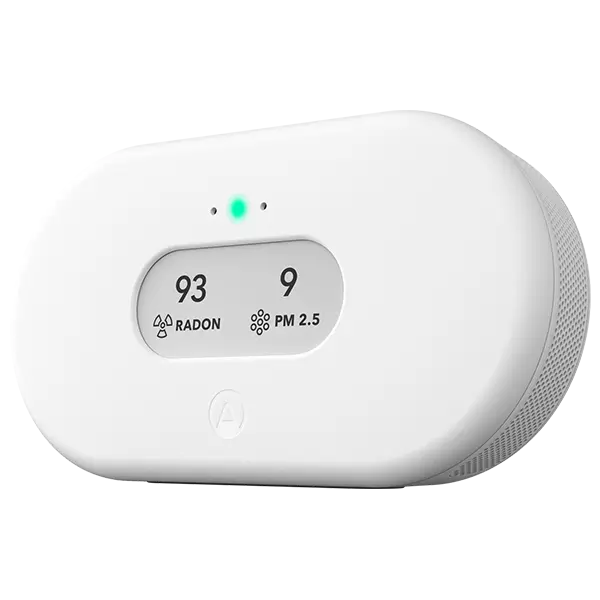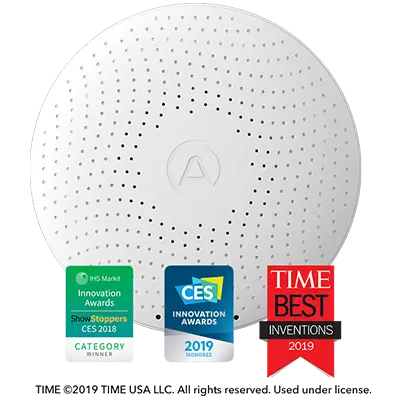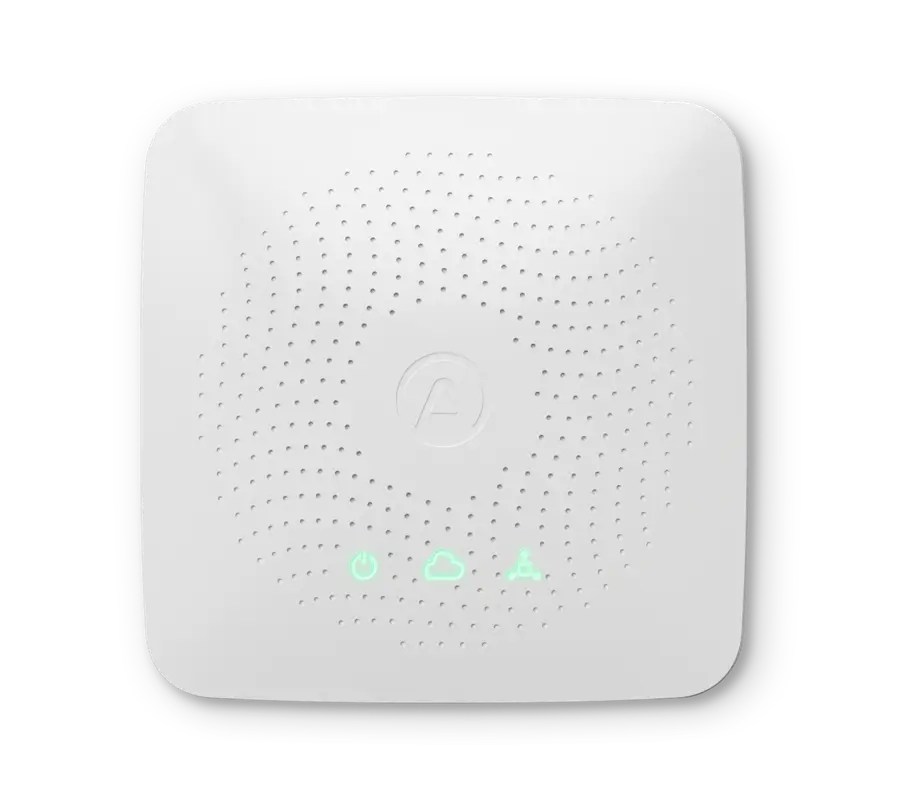Parents and caregivers everywhere, together we can make sure air quality is a priority for schools.
There is a wealth of research to show that great air quality can help to create a better learning environment, yet the air quality in your child’s school is something you might not have paid much attention to before. Now however, healthy air is top priority for schools everywhere as students begin to learn in-person once more.
We have the utmost respect for educators everywhere, and think that maintaining healthy air shouldn’t be a burden that falls solely to their shoulders. Instead, we should all try to prioritise the air our children breathe. To do this, monitoring is the only way, as many government bodies are now recognizing. By setting up alerts, schools can be notified of high levels in classrooms. Allowing students to breathe easy, and take simple actions only when necessary. This is something we are known for, in fact, Airthings was recently awarded a 10-Year contract by Quebec Government to supply air quality monitoring in schools, read the press release here→
So what exactly should be the focus for your child’s school? To help combat the spread of COVID in the classroom, and also to promote long term fresh air to boost student performance there are just a couple things to focus on.

The elephant in the room: Carbon dioxide
It's been all over the news lately. High carbon dioxide can indicate poor ventilation and CO₂ levels can vary from classroom to classroom. Many of the ventilation systems we use today recycle air to conserve energy, essentially moving contaminated air around rather than bringing in fresh air. This results in high CO₂ concentrations and poor indoor air quality.
With research suggesting that the Covid virus is mainly transmitted via airborne particles, governments worldwide are seeking to improve air quality in schools. In England, the Guardian reports that “the Department for Education (DfE) will spend £25m on providing 300,000 CO₂ monitors to alert staff and students if CO₂ levels rise, meaning that fresh air is failing to circulate”. By keeping up simple measures such as ventilation and testing, students and educators can enjoy more freedom at school and college.
Bringing fresh air into a room can be as simple as opening a door or window, but it can also be a sign for the school's facility managers that ventilation systems need to be adjusted. CO₂ monitoring is one of the easiest ways to ensure that the classroom has adequate ventilation to minimize the spread of viruses as well as to ensure that people in the room stay alert and productive.
Tell your school about the Airthings for Business CO2 alert and learn more here→
Healthy Humidity
Studies have established a link between the facilitation of seasonal respiratory virus transmission, particularly flu, and the level of humidity in the air. Research for the Center for Disease Control and Prevention found that when humidity levels were set to a low 23%, a huge 70.6-77.3% of the flu virus particles were able to cause an infection—even an hour after coughing2. When humidity levels are too low, it means indoor air is dry, which can allow airborne drops of water and other bacteria to stay airborne longer and travel farther.
Similarly, maintaining well balanced humidity levels is good for the students and for the building. High humidity can lead to dampness and mold, so monitoring helps to protect against both. 
Safety first: Virus risk
CO2 and humidity provide insights into the air, but the Airthings virus risk indicator can help provide a full picture. As we know, the most common routes of transmission for viruses are via microscopic airborne droplets, larger droplets through sneezing or coughing, and surface contact. Distancing and cleaning habits can help mitigate two of those, but what about the tiny droplets we can’t see? These microscopic droplets can stay viable in the air for long periods of time and travel through a building.
The Virus risk indicator from Airthings for Business allows schools to understand which areas in the building have elevated airborne virus transmission risk. Different areas might need a different approach, and data is needed to plan preventive measures.

The best bit? Good air quality also encourages optimal learning
It’s not only health but learning which can be improved. Taking steps to improve indoor air quality in schools has been shown to have a positive impact on key aspects of student performance. Concentration, engagement, and cognitive skills are just some of the benefits that can be gained. These are behaviours that translate to improved academic results, such as:
- Faster completion of numerical and language-based tasks among 10-12 year olds3.
- Better math and reading scores in elementary classrooms4.
- Faster and more accurate student responses for color, picture memory, and word recognition in primary schools.
Not only that, teachers and faculty also feel happier, healthier, and more valued; something we all know they deserve.
How can you help?
- Talk to your children's school, ask how they are prioritizing indoor air quality. Ask what steps they have taken to ensure a safe and comfortable environment in returning back to school.
- What are your local government guidelines? Are there any measures that are being rolled out in your area to help the schools?











.webp)


%20(1).webp)

%20(1).webp)
